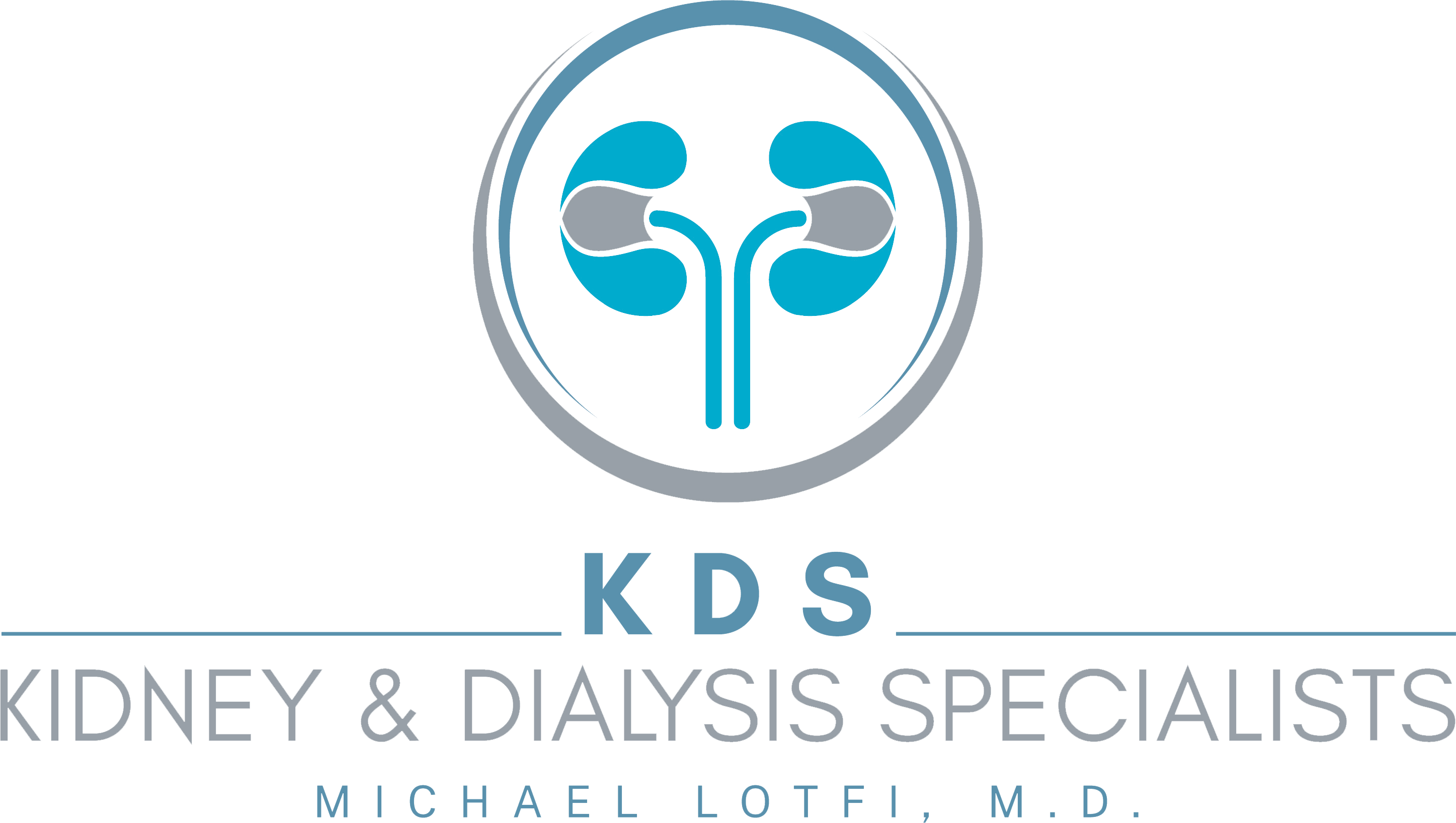What is Potassium? It is a mineral and an electrolyte found in your body that is responsible for many of its functions. One of those functions is to work with the muscles in your body including your heart. Those suffering with kidney disease are at a higher risk for their potassium levels to be either too high or too low. The amount of potassium your body needs is based on how well your kidneys are working and what medications you are taking. This is why it is vital to monitor your potassium intake when living with kidney disease.
Because your body does not produce potassium naturally. It is important to consume the right balance of potassium rich foods and beverages to prevent Hyperkalemia (too high) and Hypokalemia (too low). While consuming fruits and vegetables are healthy choices, high-potassium foods can raise your blood potassium to a critical level, placing you at risk for sudden cardiac death. Following a high or low potassium diet is one way to maintain your goal levels.
What are some low potassium fruits?
What are some low potassium vegetables?
What are high potassium fruits?
What are some vegetables high in potassium?
Reference:
https://www.medicalnewstoday.com/
https://www.myfooddata.com/
What is Diabetes? It is a metabolic, long-lasting disorder that affects how your body turns food into energy. The body breaks down almost all the food you consume into glucose (sugar) which then gets released into the bloodstream. A rise in blood sugar signals your pancreas to release insulin which is like a key for letting blood sugar into your body’s cells to use in the form of energy. When someone is diabetic, their body doesn’t make enough insulin and too much sugar stays in the bloodstream. Longstanding elevated glucose levels cause serious health problems over time such as kidney disease, heart disease, and vision loss. To date, there is no cure for diabetes, but it is manageable with a healthy diet, losing weight, medications, and being physically active.
There are three main types of diabetes: type 1, type 2 and gestational diabetes (forms during pregnancy).
It can be very overwhelming to know what you can and can’t eat as a diabetic. To keep it as simple as possible, your goal should always be managing your blood sugar levels. Your diet plays a major role in preventing and managing diabetes. See below for some healthy food options for those living with diabetes.
Healthy Options:
Food to avoid:
What is Sodium? It is a mineral and electrolyte essential for life. It is naturally present in small amounts in many different foods including vegetables. Sodium is often mistaken for salt, which is a mixture of sodium and chloride. Like salt, too much sodium is your diet has been linked to health issues such as hypertension and heart disease.
What is a low sodium diet mean? It means that no more than 2,300 mg of sodium should be ingested. Ideally being less than 1,500 mg per for adults. It is important that patients suffering from diseases such as Hypertension, learn how to cut back on salt.
What are the health benefits of reducing salt consumption pertaining to kidney and hypertension? Patients with Chronic Kidney Disease should adhere to their physician’s recommendations regarding reducing salt intake. Sodium interferes with kidney function and affects fluid volume, proteinuria, and immunosuppressant therapy. A low sodium/salt diet can help to lower blood pressure over the long term. When too much sodium is in your system this causes water retention in the bloodstream. Over the course of time the extra volume of blood can stress and stiffen blood vessels. This causes the heart to work harder to maintain blood flow. Lowing sodium intake can reduce the risk of heart attend and stroke.
How can you manage your daily sodium intake?
Here are some methods to use:
Hypertension, or high blood pressure, is a common condition affecting the body’s arteries. It occurs when there is a consistently high pressure of blood pushing against the artery walls. This causing the heart to work harder pumping blood throughout the body. Untreated, high blood pressure increases the risk of heart issues, stroke, and heart attack, and chronic kidney disease. Getting your blood pressure checked at your doctor visits can give you an idea of where your blood pressure is and should be. If your blood pressure is high, your may need to visit your doctor more frequently.
The positive takeaway is, that it is the most preventable risk factor for heart disease, stroke, and CKD. Following a heart-healthy diet, getting enough exercise, taking blood pressure medications, and eating heart healthy foods.
Best foods for Hypertension:
What to avoid?
For more information go to:
https://www.cdc.gov/diabetes/managing/eat-well/meal-plan-method.html
https://www.cdc.gov/bloodpressure/about.htm
https://www.heart.org/en/health-topics/high-blood-pressure
https://www.kidney.org/newsletter/hot-topics-how-much-sodium-safe-kidney-patients
https://www.kidney.org/newsletter/hot-topics-how-much-sodium-safe-kidney-patientshttps://www.kidney.org/newsletter/hot-topics-how-much-sodium-safe-kidney-patients
NFK: Nutrition and Early Kidney Disease (Stages 1–4)
NFK: Kidney-friendly diet & COVID-19
National Institute of Diabetes and Digestive and Kidney Diseases: Diet & Nutrition
NFK: Nutrition and Early Kidney Disease (Stages 1–4)
NFK: Potassium and Your CKD Diet
NFK: Kidney-friendly diet & COVID-19
National Institute of Diabetes and Digestive and Kidney Diseases: Diet & Nutrition
References:
1 National Kidney Foundation

© 2023 Michaellotfimd All Rights Reserved Privacy Policy Sitemap
This site is protected by reCAPTCHA and the Google.
Privacy Policy and Terms of Service apply.
This site is protected by reCAPTCHA and the Google.
Privacy Policy and Terms of Service apply.
©2023 All Rights Reserved michaellotfimd Designed by DotClick